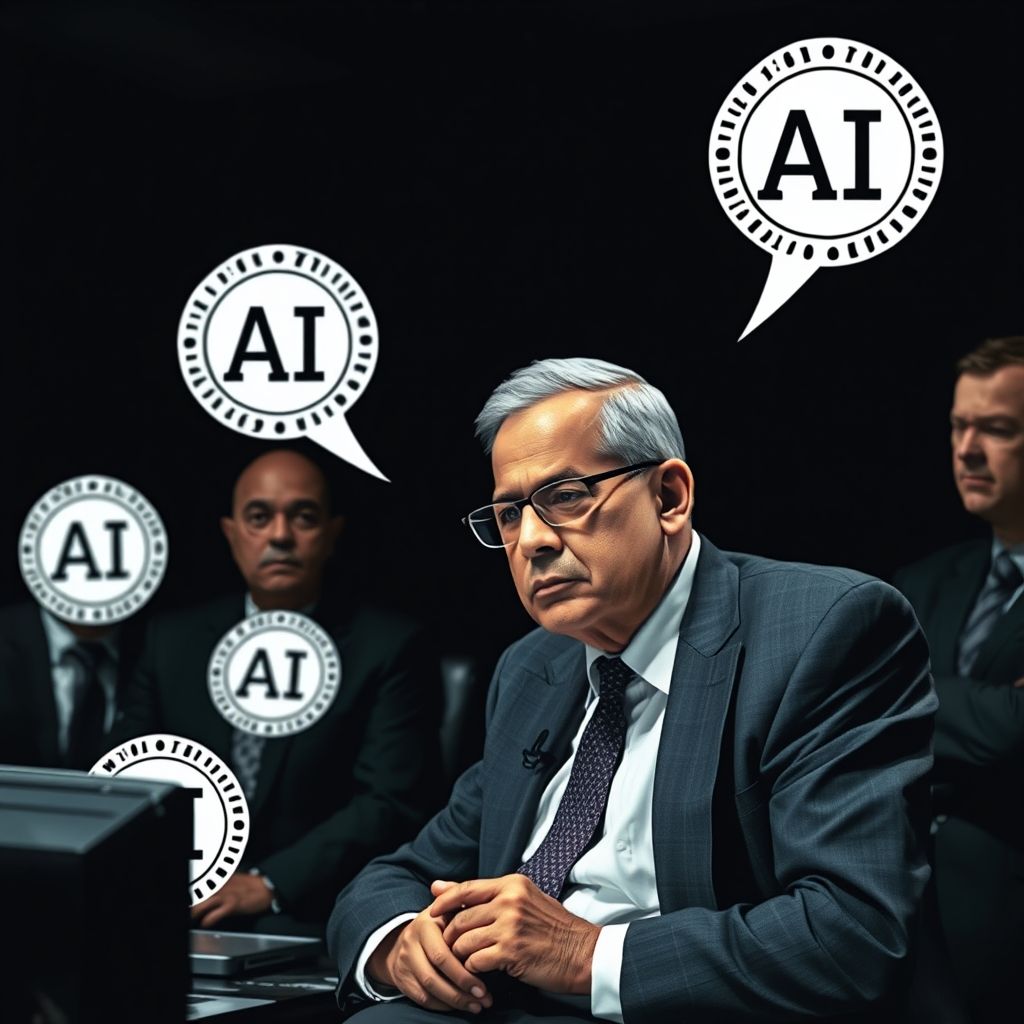Narayana Murthy, a name synonymous with Indian tech innovation (and, let’s be honest, occasional controversial takes), has once again stirred the pot. This time, he’s taking aim at the rampant ‘AI-washing’ pervading the industry. In a recent address, Murthy didn’t mince words, labeling much of what’s being touted as artificial intelligence as ‘silly, old programs’. Ouch.
Speaking at TiE Con Mumbai 2025, Murthy’s critique was sharp: companies are slapping the ‘AI’ label on software that, at its core, is just complex algorithms. He highlighted the distinction between genuine AI – machine learning and deep learning that mimic human behavior – and the glorified Excel spreadsheets masquerading as intelligent systems. Apparently, someone had the audacity to call a VLOOKUP an AI.
‘I think somehow it has become a fashion in India to talk of AI for everything,’ Murthy stated, dripping with the kind of dry sarcasm only decades in the tech industry can cultivate. ‘I have seen several normal ordinary programs touted as AI.’ The implication is clear: companies are leveraging the AI buzzword to inflate valuations, attract investment, and generally bamboozle the public.
Murthy went on to explain the actual principles behind Machine Learning and Deep Learning, presumably for the benefit of those who genuinely believe their chatbot is having an existential crisis, rather than just regurgitating pre-programmed responses.
He described Machine Learning as ‘large-scale correlation,’ capable of prediction through vast datasets. Deep Learning, on the other hand, aims to replicate the intricate workings of the human brain using unsupervised data and neural networks. These are the real deal, according to Murthy, and a far cry from the ‘silly, old programs’ getting all the attention.
Of course, Murthy is no stranger to controversial statements. Remember the 70-hour work week debate? However, his latest critique resonates deeply in an era of unchecked AI hype. Are we genuinely on the cusp of a technological revolution, or are we just being sold a cleverly rebranded version of the same old software?
The implications are significant. If companies are misrepresenting their capabilities, investors risk pouring money into ventures built on shaky foundations. Consumers may be misled into purchasing products that underperform, and the overall perception of AI could be tarnished by unrealistic expectations. Nobody wants another Theranos situation, except with more Python.
Murthy’s intervention serves as a crucial reality check. It’s a reminder that critical thinking and skepticism are essential in navigating the ever-evolving tech landscape. Before we blindly embrace every new ‘AI-powered’ gadget or service, perhaps we should ask ourselves: is this genuinely innovative, or is it just a really impressive IF statement?
It’s also worth considering that Murthy, being a seasoned veteran, has seen these cycles before. He’s witnessed the rise and fall of countless tech trends, each promising to revolutionize the world. This experience lends weight to his concerns about the current AI frenzy. He’s seen the emperors with no clothes before, and he’s not afraid to point it out.
So, the next time you encounter a company boasting about its ‘AI-driven’ solutions, take a moment to dig a little deeper. Ask the hard questions. Demand concrete evidence. Because, as Narayana Murthy has so eloquently reminded us, sometimes the most revolutionary technology is simply good, old-fashioned programming, honestly presented.
Maybe, just maybe, we should all start asking for the source code. Just to be sure.



Leave a Reply